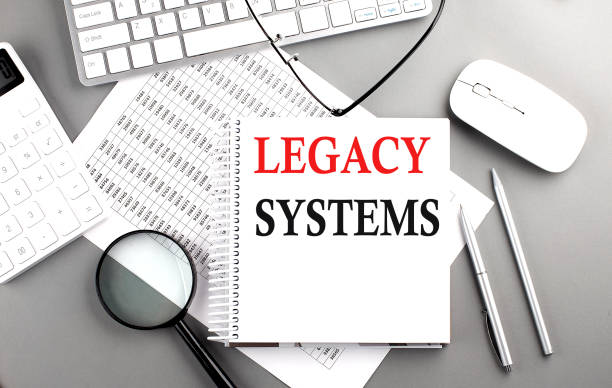
#SmartIndustry
15 January 2025
IoT Sensor Interoperability: Solutions for Harmonizing Protocols (Zigbee, LoRaWAN, 5G…)
The rise of IoT sensors has led to an explosion of communication protocols, each with its own specifications, advantages, and limitations. Zigbee, LoRaWAN, 5G, Bluetooth, Wi-Fi… these are all technologies that coexist but are not always compatible with each other. This diversity poses a real interoperability challenge, especially for industries seeking to deploy robust and scalable IoT infrastructures.
In this article, we will explore the challenges of interoperability and identify existing solutions to harmonize communication between these different protocols.
Why is interoperability a major challenge for IoT ?
Fragmentation of IoT protocols
Each IoT protocol was designed to meet specific needs:
- Zigbee: Ideal for short-range mesh networks (home automation, industrial proximity sensors).
- LoRaWAN: Designed for long-distance communication with low energy consumption (smart cities, environmental sensors).
- 5G: Promotes high-speed connectivity and low latency but requires suitable network coverage.
- Bluetooth Low Energy (BLE): Optimized for short-range communication with low energy consumption (wearables, medical sensors).
- Wi-Fi: Effective for transmitting large volumes of data indoors.
The problem is that these protocols were not designed to be compatible with each other. A Zigbee sensor cannot directly communicate with a LoRaWAN or 5G network without a specific interconnection solution.
Impacts of lack of interoperability
A lack of interoperability results in :
- High deployment costs, as multiple gateways and interfaces are needed to integrate different protocols.
- Increased complexity in data management, with heterogeneous systems requiring software adaptations.
- Technological lock-in, preventing a company from freely evolving its infrastructure without relying on a single provider.
- Cybersecurity issues, as each protocol has its own security standards and vulnerabilities.
Solutions for Harmonizing IoT Protocols
Using Multi-Protocol Gateways
Multi-protocol IoT gateways play a key role in ensuring interconnection between sensors operating with different protocols. They allow:
- Conversion of data from one protocol to another (e.g., LoRaWAN to MQTT or Zigbee to Wi-Fi).
- Centralized management of data flows.
- Compatibility with multiple IoT standards.
Examples of solutions:
- Cisco IR gateways (enabling interconnection of Zigbee, LoRaWAN, and Wi-Fi).
- Kerlink Wirnet (LoRaWAN gateway integrating connectors to other protocols).

Adopting interoperable IoT platforms
Some IoT platforms are designed to aggregate and standardize data from various protocols. They offer:
- Middleware capable of translating and unifying data flows.
- Unified management of sensors regardless of the protocol used.
- Simplified interconnection with industrial software (SCADA, ERP, MES, etc.).
Examples of platforms:
- ThingWorx (PTC): Integration of multiple protocols and open APIs.
- Azure IoT Hub (Microsoft): Native support for LoRaWAN, MQTT, AMQP, etc.
- Bosch IoT Suite: Advanced interoperability between heterogeneous networks.
Relying on Open Communication Standards
Adopting open protocols and standards facilitates interoperability:
- MQTT (Message Queuing Telemetry Transport): A lightweight protocol used to reliably exchange IoT data between heterogeneous systems.
- OPC UA (Open Platform Communications Unified Architecture): A standard often used in industry to ensure interoperability between equipment.
- OneM2M: A global framework designed for the interoperability of connected objects in complex environments.
These standards play a fundamental role in avoiding technological silos and ensuring better interconnectivity between sensors and systems.
Using edge computing to process data locally
Edge Computing involves processing IoT data locally, close to the sensors, rather than sending it systematically to a distant cloud. This offers several advantages for interoperability:
- Reduced latency: Critical data is processed locally without waiting for remote synchronization.
- Real-time data conversion and normalization.
- Enhanced security by avoiding the mass transmission of sensitive data to the cloud.
Solutions like AWS Greengrass or Azure IoT Edge allow this approach to be integrated with sensors using different protocols.
Conclusion : towards truly interoperable IoT
The interoperability of IoT sensors is a crucial challenge for companies and communities seeking to unify and optimize their infrastructures. Adopting multi-protocol gateways, open IoT platforms, and standards like MQTT or OPC UA are solutions to ensure smooth and efficient interconnection.
Investing in an interoperability strategy today ensures the scalability and flexibility essential for tomorrow's IoT projects.









